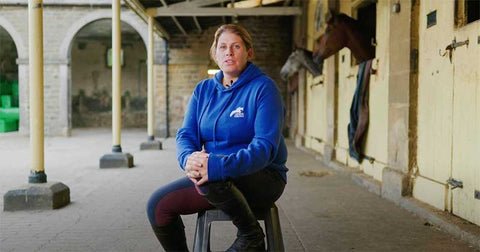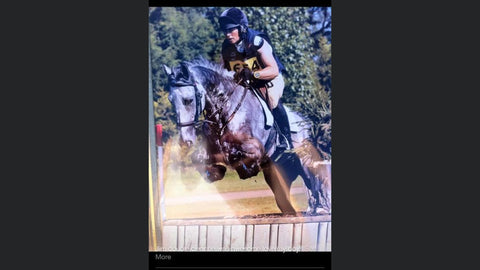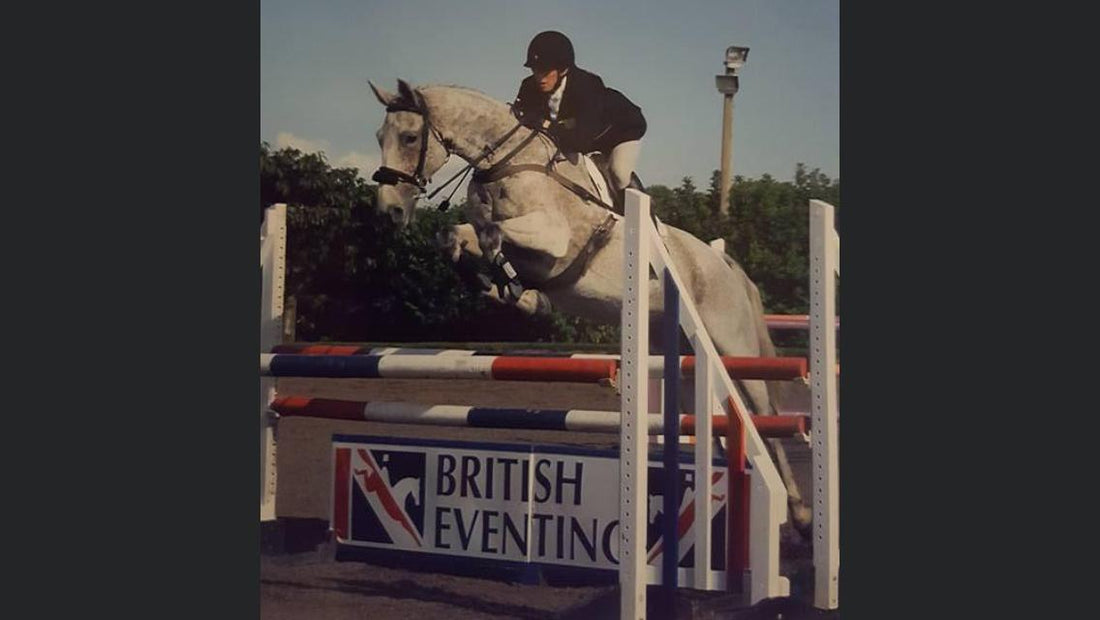Lessons Learned
Share
Recently I was talking to someone who said something I am sure we have all said or heard at some point in our equestrian pursuits:
“That pony really taught my son/daughter how to sit on, it really taught him/her to sit tight and ride”

Now, this particular pony possessed some profoundly bad behaviour, in fact I would say, it was an aggressive pony when ridden. I only saw him a few times but I was always scared for the child’s safety when she was on board. So, I questioned myself; What lessons are we actually taking from this pony and indeed, all our four legged friends?
I have to say, I made riding horses which were difficult and maybe misunderstood, a key part of my profession. I could, on occasions give one a pretty hard time when I thought they might need it but on the whole I practised very fair and appropriate methods. I believe the true lessons I learnt about my horses and other horses I have produced over the years are to step back and look at ‘why’ they behave the way they do and ‘what’ am I doing as a rider and a trainer to perpetuate that behaviour.
The first time I actually stepped back and looked at a horse was out of pure necessity. Said ‘horse’ had been sent to me, as every time he had a saddle on he would bronc and he was pretty violent with it. He was so bad that other professional riders had seen him in action and decided they didn’t want to ride him. For me, at this point in my career, I couldn’t really afford to be fussy about the horses I took on to compete and to ride and I knew this horse had so much talent that I probably wouldn’t get this opportunity again.
Having come to Eventing as a profession later on in life I always struggled to have the best rides. I was always on catch up and would often ride other professional horses (ones that maybe weren’t going to give me the best time). Jim came to me as a 5 yr old. I insisted I would only take him on if his owner would offer me a half share. I wasn’t doing all the hard work and taking all the risk, then handing him over. So it turned out Jim was here for the duration and he turned out to be one of the best horses I have ever had. But, and this is a big but, to say he was an extremely challenging and what some would consider as pretty dangerous as a young horse, would be an understatement.
I remember taking him to Skipton Horse Trials as a 6 year old. I was warming him up for the dressage and he reared so high I thought there was no way he could recover from that. He would regularly try and buck me off in the lorry park, but I figured, if I was still on him after 10 or 20 strides he would stop. He actually never managed to dislodge me completely, but it was a close thing a few times. Then he would jump an amazing show jumping round and clear cross country. Then why was he finding the dressage so so hard?

I tried to work it out and in the end I met a lady who really changed my life, Sarah Usher. Sarah had experimented with lots of different training methods and I began to take lessons from her, concentrating on her learnings. The first thing we did was to look at Jim on the ground and that’s exactly where he stayed for the next 3 months. I know now that this probably saved his life. He was very close to having kissing spine and because of his conformation he was always going to struggle to do the job I wanted him for.
Sarah was pretty brutal. She taught me on other horses and for 3 months it felt like she’d regularly rip into me for my lack of straightness in the saddle. As a professional, it was hard to take this. In fact, sometimes I wondered why I continued to put up with it. , Though as with everything in life that starts off feeling very uncomfortable, when I actually started to ride Jim again it all became clear.
Jim was no longer angry, he was much more on-side and yes, he still found flat work difficult but instead of having battles with him I accepted what part of his behaviour I was responsible for and what part he was. So it became a much happier and much more productive partnership in general.
Jim went on to become the most well-loved member of our Eventing team; taking me to Intermediate until I fell pregnant, then taking my daughter Charlie all the way to Advanced, then my younger daughter Kate took over, riding him at Novice. Finally, Charlie’s twin sister Emily, who doesn’t ride at all regularly, cruised round her one and only BE100, double clear with Jim beneath her. To think that if I hadn’t looked inwards at what my part was in his behaviour, we would all probably have missed out on this horse of a lifetime.


So in summary my advice would be this; look within. Ensure that the only part you play in your horse’s behaviour is a positive one; that if you pick up a stick to reprimand him or her, that you are 100% sure that you are not the cause or at least a factor in reinforcing this negative behaviour. Then ask yourself, “How could I make my horse’s life easier?” “Am I sitting straight and level in the saddle?” Then you can at least know that part of your responsibility and accountability as a rider is to find your way back to straightness and balance and be the best you can be for your horse.

To see how you can achieve straightness and stability for you and your horse or pony, why not organise a group demo? As the organiser you'll earn yourself a brand new, free of charge Equiseat Aid in the colour and size of your choice, providing you meet the minimum group size.
For a minimum group size of 6 riders, we will visit you at your yard or venue of your choice* and give each rider a 20 minute 1-on-1 demo of Equiseat Aid or we can do in groups of 2 or 3 riders if preferred. No purchase commitment necessary.
To book your group demo now, simply email vickie@equiseataid.com
*venue costs, if applicable, to be met by group organiser

